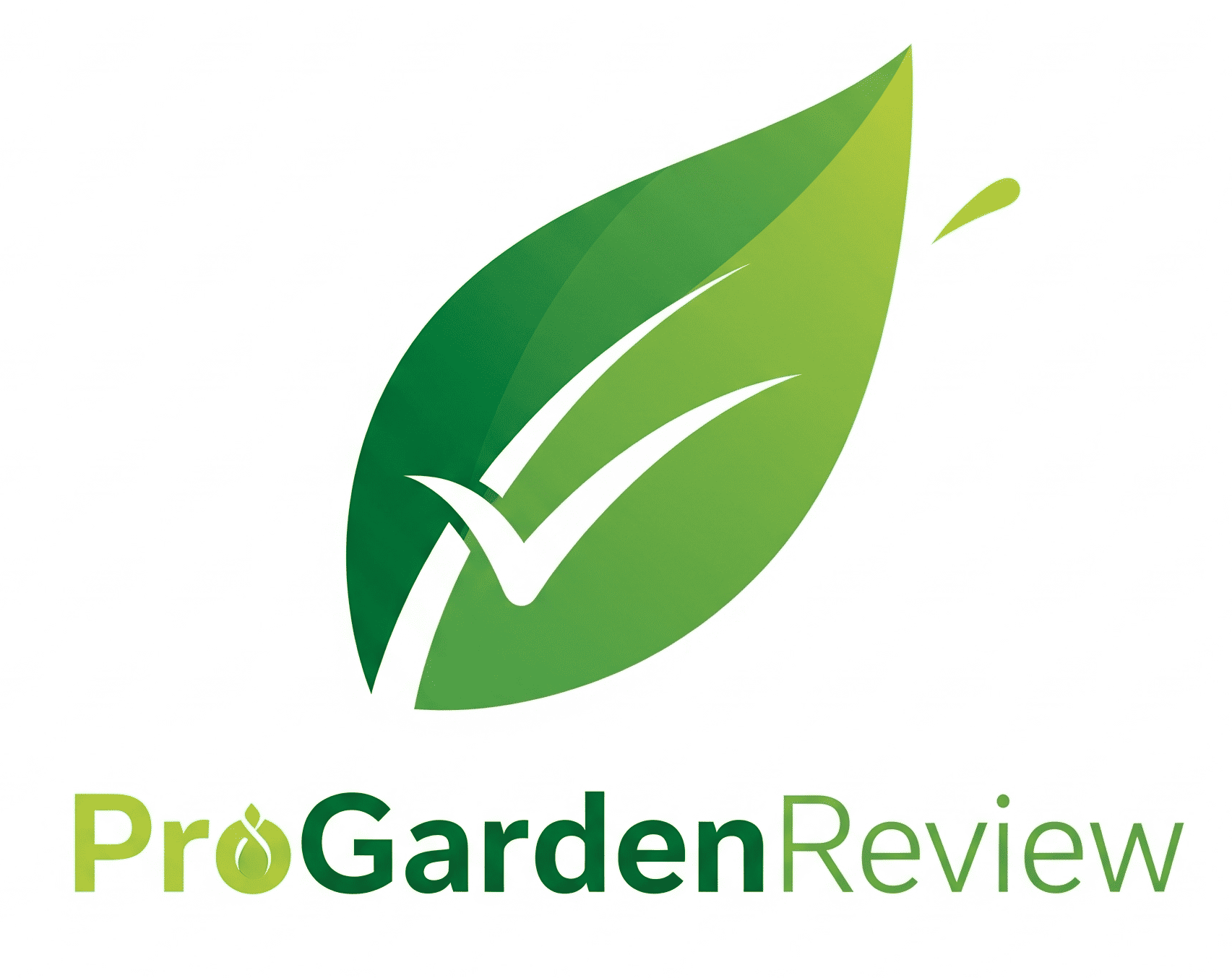Comparison: Best Kellogg Raised Bed Mix (Updated | Nov 11th)
But is it really the best option out there? We’ve dug into the ingredients, tested it side by side with top competitors, and listened to what gardeners are saying. Spoiler: it’s good, but how good? Let’s break down what sets Kellogg apart—and whether it’s worth every handful.
- Best for all-natural mix: Kellogg Supply 273603 2 cu. ft. All Natural Raised Bed & Potting Mix
Product Comparison: Best Kellogg Raised Bed Mix
Kellogg Supply 273603 2 cu. ft. All Natural Raised Bed & Potting Mix

Product prices and availability are accurate as of the date/time indicated and are subject to change. Any price and availability information displayed on Amazon.com at the time of purchase will apply to the purchase of this product.
Buying Guide
FAQs
What key features should I look for in a raised‑bed potting mix?
A good mix should be well‑draining yet moisture‑retentive, contain a balanced blend of peat, compost, and perlite, and be free of synthetic fertilizers. Look for certifications such as “All Natural” or “Organic” to ensure minimal chemical additives. Also consider the texture; a fine, crumbly mix makes planting easier and promotes healthy root development.
How does Kellogg Supply’s 2 cu. ft. mix compare to generic store‑brand mixes?
Kellogg’s mix is formulated specifically for raised beds, offering a higher proportion of aeration agents like perlite, which improves drainage compared to many generic blends. Generic mixes often contain more filler material and may include synthetic nutrients that can burn seedlings. Overall, Kellogg’s product tends to provide more consistent performance for both vegetables and flowers.
Is the Kellogg raised‑bed mix suitable for all types of plants?
Yes, the all‑natural formulation supports a wide range of vegetables, herbs, and ornamental plants. Its balanced pH and nutrient profile promote healthy growth without the need for additional amendments. However, for highly acid‑loving plants like blueberries, a supplemental amendment may still be beneficial.
What value does the 2 cu. ft. size offer compared to larger bags?
A 2 cu. ft. bag is ideal for small to medium raised beds, providing enough mix without excess waste. Larger bags often have a lower price per cubic foot, but they can be cumbersome to store and may sit unused for long periods, reducing freshness. The Kellogg bag strikes a balance between convenience and cost‑effectiveness for most home gardeners.
How important is the “All Natural” label when choosing a potting mix?
The “All Natural” label indicates the mix contains no synthetic chemicals, which is important for organic gardening and for reducing the risk of soil contamination. It also reassures gardeners that the product is safe for edible crops. While not mandatory, many consumers prefer this designation for health and environmental reasons.
Can I reuse Kellogg’s raised‑bed mix season after season?
Yes, the mix can be refreshed each season by adding compost or a balanced organic fertilizer to replenish nutrients. Because the blend is free of synthetic additives, it degrades more slowly than chemically treated soils. Properly aerating and amending the mix will extend its usable life for several growing cycles.
What price considerations should I keep in mind when buying this mix?
While Kellogg’s mix may be priced slightly higher than basic store brands, the premium reflects its specialized formulation and quality control. Factor in the reduced need for additional amendments and the potential for higher yields, which can offset the initial cost. Comparing the cost per cubic foot across brands will give a clearer picture of overall value.
